
|
|
|
|
|
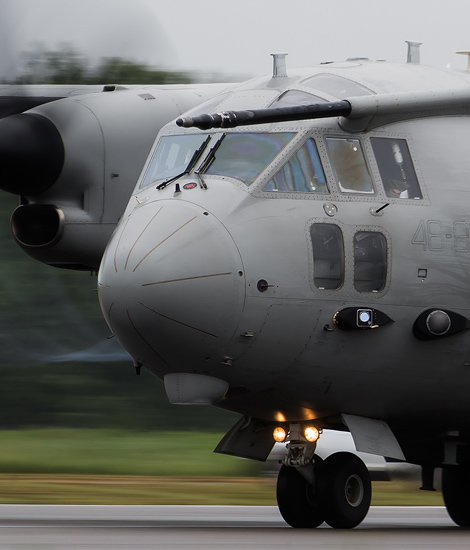
|
The no 350 Squadron “Ambiorix”; Florennes, June 24 – 27, 2016
De Belgian Air Force Days 2016, part 3; Text and Photograph's by door Alex van Noye
The no 350 Squadron is nowadays the second unit at Florennes and is operating since the early days of the type with the General Dynamics F-16 Fighting Falcon. The Gaul’s of the no 350 Squadron participated during the Battle of Britain during Second World War. The unit was part of the RAF and was operated by Belgians.
The no 350 Squadron in Belgium is one of the traditional Belgian air defense units. The unit was established on the British airbase RAF Valley in November 1941. The no 350 Squadron was just like the other Belgian no 349 Squadron operated by Belgians who had fled from their country during the German invasion. The no 350 Squadron flew during the Second World War with the Supermarine Spitfire. The first tasks which were carried out by the unit were protecting maritime convoys against German bombers at the Irish Sea. Later, the squadron also fought during offensive operations in France. From August 1944, the no 350 Squadron was often used to intercept V-1 missiles which were launched to England by the Germans in France. On October 15, 1946, the no 350 Squadron was officially handed over to the Belgian Air Force. The unit was renumbered from that moment to the present 350 Smaldeel (no 350 Squadron). The unit was after the transfer stationed at Beauvechain in Belgium. The no 350 Squadron would fly the Gloster Meteor since 1949. The Belgian unit would not fly long with the Meteor, because the British Hawker Hunter was introduced at the squadron in 1957. Also the Hunter would not fly long at the no 350 Squadron, because one year later the no 350 Squadron was equipped with the Canadian CF-100 Mk.5 Canuck. This aircraft was used in the interception role. Finally the no 350 Squadron received at Beauvechain the Lockheed F-104G Starfighter in 1963.
The F-104G Starfighter was flying at the no 350 Squadron until the beginning of the 80s. On March 3, 1980, the no 350 Squadron started the conversion to the F-16 Fighting Falcon as second unit in Belgium. Belgium was the first country in Europe which had the F-16 in operational service. The conversion of the first group of pilots for the F-16 was started on January 1, 1982. The unit was fully operational with the F-16 later in 1982. The squadron took part in many exercises such as learning to shoot with rockets at Solenzara (Corsica) and various DACT (Dissimilar Air Combat Training)
|
|
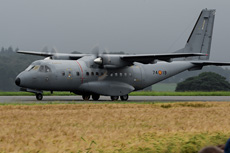
|
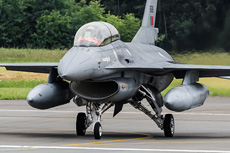
|
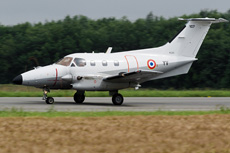
|
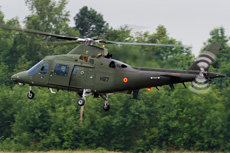
|
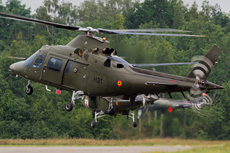
|
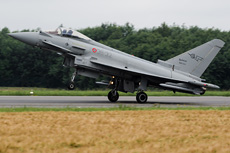
|
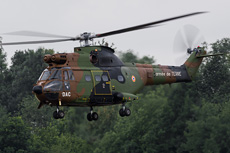
|
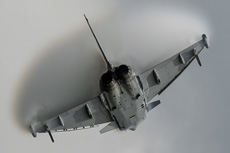
|
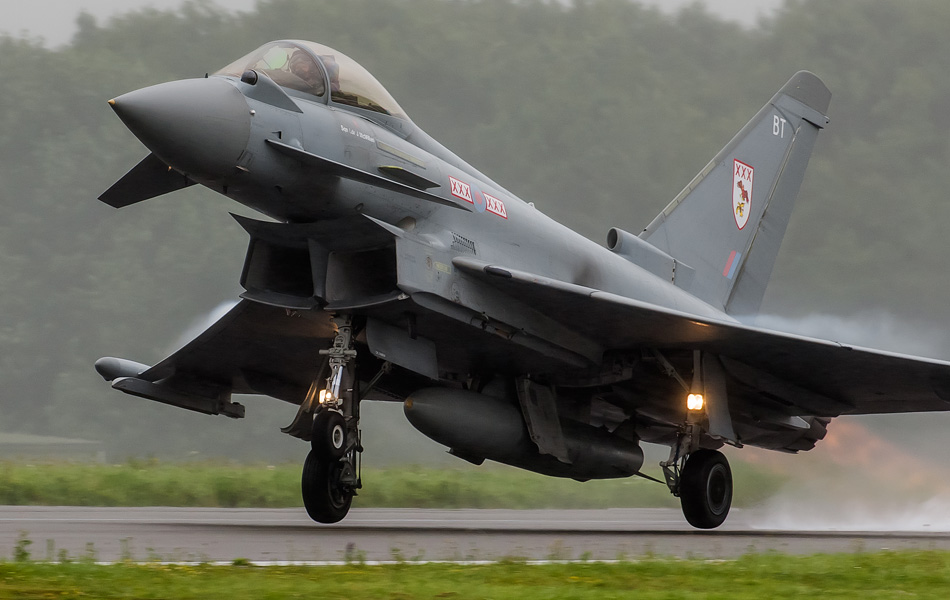
|
exercises. The best known exercises are the ACMI (Air Combat Maneuvering Instrumentation) trainings at Decimomannu and over the North Sea, the American Red Flag exercise at Nellis and the TLP (Tactical Leadership Program) at Florennes. In 1993, the "Armed Forces Restructuring Plan" was carried out and drastic cutbacks were made in the Belgian Air Force. The dissolution of the 1 Wing took place in early 1996. The no 350 Squadron moved from Beauvechain to Florennes where it became part of the 2 Wing on March 4, 1996. The squadron had to shrink like the other F-16 units from 18 to 12 aircraft. The no 350 squadron was designated by the Belgian Air Force to be ready for the NATO Response Force (NRF). The unit is therefore always able to be deployed rapidly anywhere in the world. Since 2001, the fleet of the no 350 Squadron was brought back up again to 18 aircraft.
The batch of the no 350 Squadron is compared with that of the no 1 and no 2 Squadron different. This is because the no 350 Squadron has its origin as a Belgian unit within the RAF during the Second World War. The unit was there established as the no 350 Squadron of the RAF. The batch also has an English wreath bearing the crown of the British Royal Family. The outside of the batch is red and the background is white. In the batch depicts a head of a Gallic warrior. The squadron motto is in Latin "Belgae Gallorum Fortissimi". Translated this means "The Belgians, the Bravest among the Gauls." With this spell, the Belgians felt in the RAF that they flew in a real Belgian unit. From 1980 until 1992, the F-16s of the no 350 Squadron were recognizable by the red tail band. In this red band the head of the Gallic warrior was depicted. The F-16s of the no 350 Squadron were still stationed at Beauvechain in this period. In the period from 1992 until 1995 the unit would fly with a dark gray tone-down strap on the vertical tail. Also the head of the Gallic warrior was rendered in shades of gray on the tail. The no 350 Squadron was one of the first units in Europe which would fly with these kinds of tone down markings. However, the badge of the 1 Wing was shown in color next to the serial number on the tail. This badge was placed on the vertical rudder plane. In the period from 1995 until 1997, the no 350 Squadron would fly with the gray band containing the wild boar of the 2 Wing. The tail code FS was added to the F-16s. From the MLU update in 1997 the no 350 Squadron would fly like all the other squadrons without unit markings.
The no 350 Squadron is a unit which was frequently used in Belgium during international conflicts. During the Yugoslavia wars in the 90s the unit was hardly used. The largest conflict in which the unit was deployed during its existence was the Second World War when the no 350 Squadron was part of the RAF. The squadron was frequently used during the Battle of Britain. During the war in Yugoslavia the unit was just like the other Belgian units deployed to Villafranca in Italy. The no 350 Squadron operated in cooperation with the Dutch units from this airbase. The no 350 Squadron took in Yugoslavia in the 90s part during operation Decisive Endeavour, Deliberate Guard, Determined Falcon, Deliberate Forge and Allied Force. In 2006 and in 2013, the no 350 Squadron would be deployed to the Baltic States for the Baltic Air Policing mission. During these missions, the Belgians would defend the airspace of the three Baltic States through patrol flights. One of the longest missions of the no 350 Squadron was the mission in Afghanistan. The Belgian international mission lasted for the no 350 Squadron from July 2005, until August 2014. Several deployments were made during the operation ISAF Guardian Falcon. In total, the unit was seven times deployed to Afghanistan. In 2011, the unit also took part in missions in Libya during Operation Odyssey Dawn. For the future, it is not yet clear what will be the successor for the F-16 Fighting Falcon in Belgium.
|
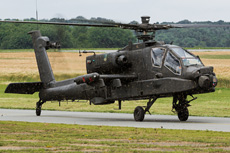
|
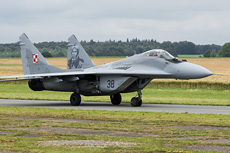
|
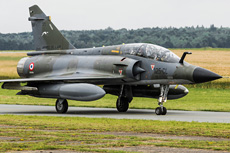
|
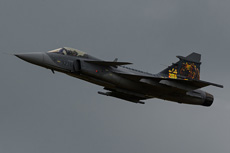
|
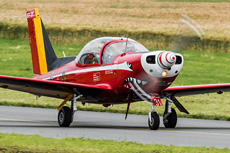
|
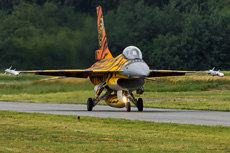
|
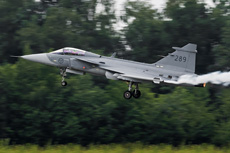
|
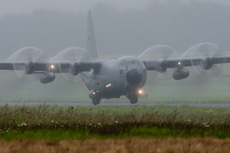
|
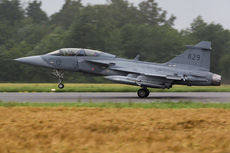
|
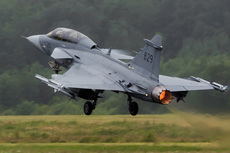
|
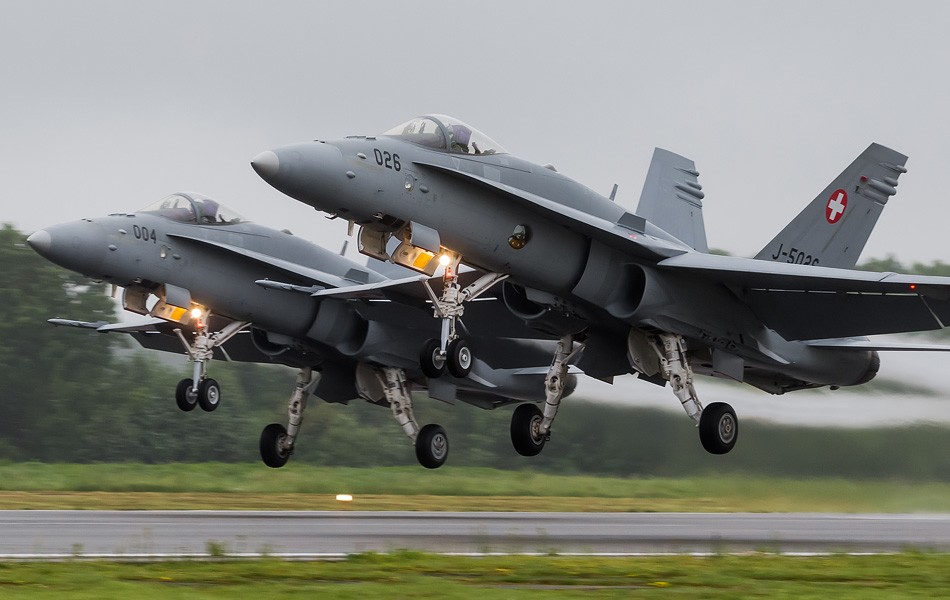
|
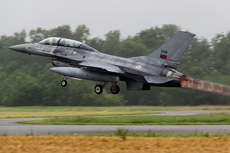
|
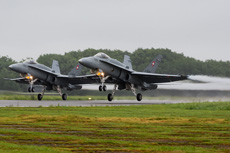
|
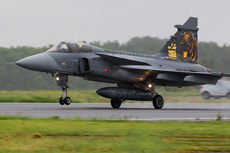
|
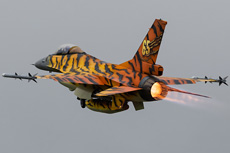
|
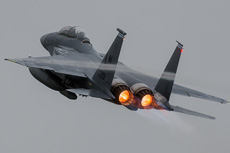
|
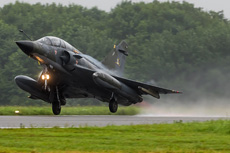
|
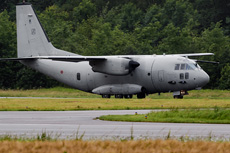
|
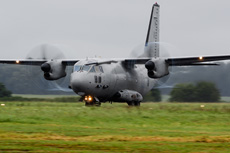
|
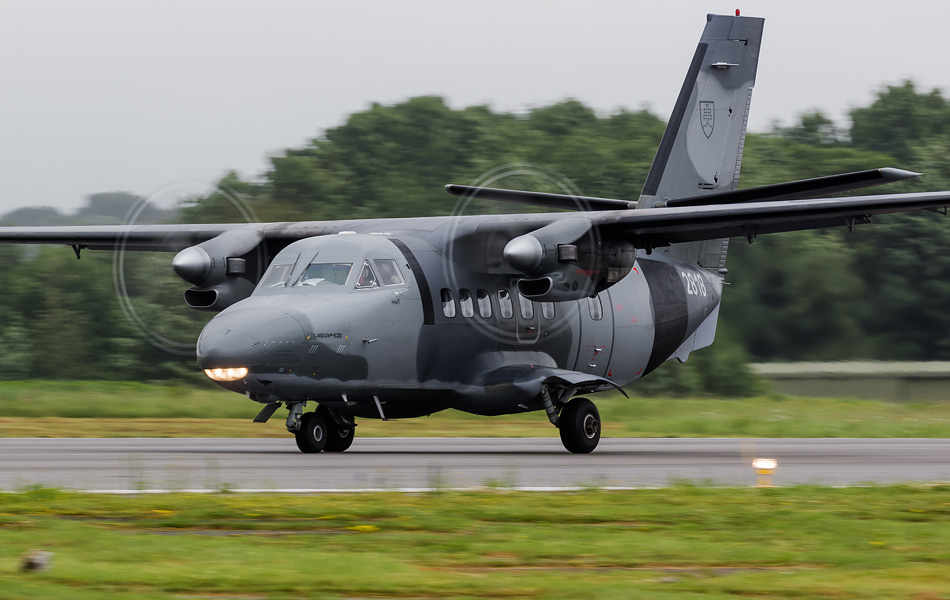
|
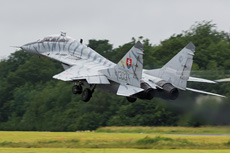
|
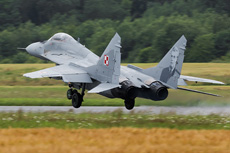
|
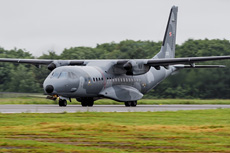
|
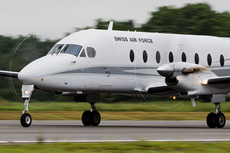
|
|
|

|







